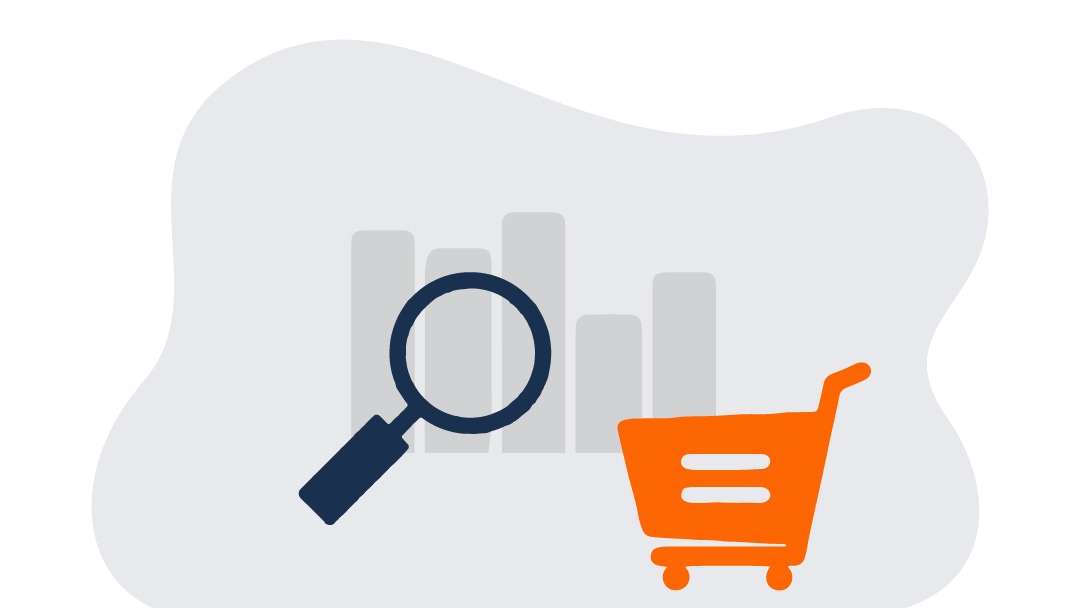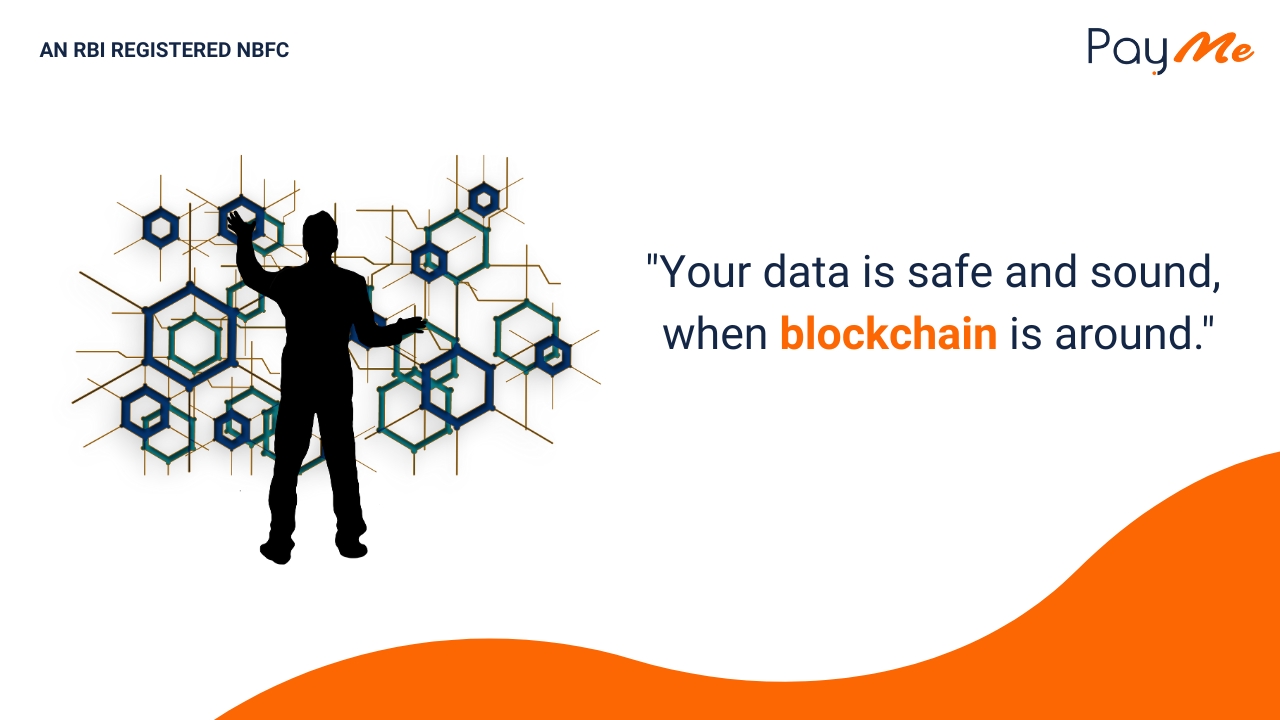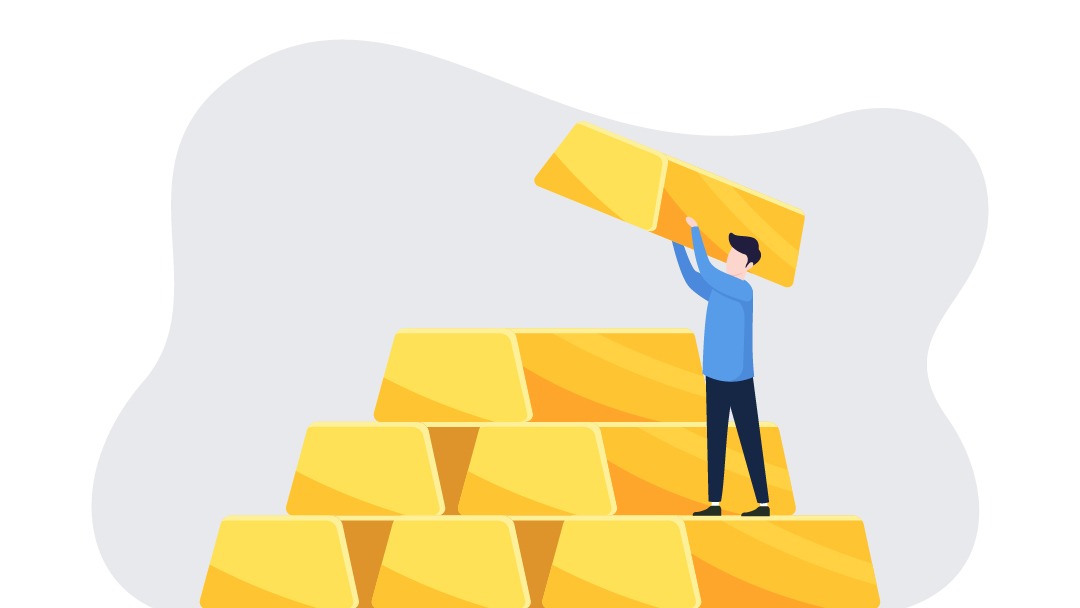Investing in the Stock Market is one of the best ways to achieve one’s financial goals. Without savings or investment, neither we can face any financial emergency, nor can we fulfill our educational needs, medical needs of self and family. The right stock picking strategies must be employed before investing in a stock. Stock analysis give a clear picture about the company’s financial position, its growth potential and many other essential things which will help you in picking the right stock.
Here are 10 Essential Things You Must Check before Buying any Stock!
- Whether the company has sufficient Free Cash Flow or not?
Cash flow from investing/operating/financing activity matters but you have to find out where this cash is coming from and how the company is using it. Whether they are spending this money effectively on operations like giving healthy dividends, buybacks, acquisitions etc- or not. And finally, a consistent negative free cash flow of a company might be a warning sign for the investors.
What is free cash flow: Free cash flow (FCF) is a measure of how much cash a business generates after accounting for capital expenditures such as buildings or equipment. This cash can be used for expansion, dividends, reducing debt, or other purposes. (Source: Google)
Free Cash Flow : Cash from Operating Activity — Capex
2. Whether the company is maintaining a good ‘Interest Coverage Ratio’ or not?
The interest coverage ratio is used to determine how easily a company can pay their interest expenses on outstanding debt. The ratio is calculated by dividing a company’s earnings before interest and taxes (EBIT) by the company’s interest expenses for the same period. If it is 1, it means that a company’s earnings can only afford to pay its interest expenses, Company can’t afford to pay other expenses.
3. Whether the company is debt-free or has Debt equity ratio less than .5 or not?
Sometimes Debt equity ratio crosses more than one for different industries but in general, the Debt equity Ratio must be less than .5 or zero.
4. Whether the company has any Contingent liability or not if yes then how much?
If a company has higher contingent liability then its bottom line would be affected. Like if a bank has higher provisions then they have to cut down their profits via provisioning.
A contingent liability is a potential liability that may occur depending on the outcome of an uncertain future event. A contingent liability is recorded in the accounting records if the contingency is probable and the amount of the liability can be reasonably estimated. (Source: Google)
5. Whether the company’s ROE is increasing or not?
The return on equity is a measure of the profitability of a business in relation to the book value of shareholder equity. How much company is earning out of their equity (not debt). A sustainable and increasing ROE over time can mean a company is good at generating shareholder value because it knows how to reinvest its earnings wisely, so as to increase productivity and profits. In contrast, a declining ROE can mean that management is making poor decisions on reinvesting capital in unproductive assets. (Along with ROE, one must see ROA and ROCE).
6. Whether the company has enough Working Capital or not?
Working capital = current assets-current liabilities
It is a financial measure, which calculates whether a company has enough liquid assets to pay its short-term bills that will be due in that financial year.
When a company has excess current assets, that amount can then be used to spend on its day-to-day operations. Current assets, such as cash and equivalents, inventory, accounts receivable and marketable securities, are resources a company owns that can be used up or converted into cash within a year. Current liabilities are the amount of money a company owes such as accounts payable, short-term loans and accrued expenses, which are due for payment within a year.
7. Whether the Promoter’s stake is pledged? if yes then how much?
Pledging of shares can create a disaster if the share price continues to fall. This is because the promoters have to consistently pledge more shares to cover up the difference in the collateral value.
How to find the pledging of shares for Indian companies?
The best source to find the pledging of Indian shares would be the BSE or NSE website.
- Go to BSE India website →
- Search the company name in the top search bar →
- Click on the ‘shareholding pattern’ tab on the left sidebar of the company page→
- Open the latest quarter report of the shareholding pattern →
- You can find the summary statement holding of specified securities.
For example- Here is the shareholding pattern of J.KUMAR INFRAPROJECTS LTD. for the quarter of June 2018. Please notice the current pledging of shares (31.58%) by the promoters.
8. Whether the company maintains a higher profit margin (as compared) to its peers or not?
As we know the Net profit is calculated by deducting all company expenses from its total revenue. The result of the profit margin calculation is a percentage — for example, a 10% profit margin means for each 1 Rs. of revenue the company earns in net profit. Revenue represents the total sales of the company in a period.
As compared to its peers if the profit margin is better then that particular company is likely to grow in a better way.
9. Whether the Company has been maintaining a healthy dividend payout or not?
it’s important to have a solid understanding of how a divided payment impacts a company’s balance sheet, income statement, and cash flow statement. A higher dividend payout shows better liquidity. If the company is paying 4 times dividend in a year then what does in mean? it shows that the company has higher profitability measures and why not? So, it is a win-win situation for the investor as well as for the company. TCS is a good company to invest, why? one of the reasons are:
10. Whether the company is maintaining healthy Cash Reserves or not?
Cash reserves are vital to companies. The reserve holds money that a business can use when unexpected costs come up. Calculating company revenue and subtracting expenses gives companies the amount per month they need to cover themselves. Cash reserves should cover up to six months of company costs.
In short, The company must not face a cash crunch at any point of time.
Do you know? The company may be a secret reserve also: Secret reserves may be created by the simple method of showing profits at a figure much lower than the actual. When secret reserves exist, the financial position of the business is much better than what appears from the balance sheet.
Bonus
11. Whether the company’s stock has ‘Margin of Safety’ or not?
This has been a controversial topic as you first have to find out the intrinsic value of the company and then you will be landing at MOS. The margin of safety formula is calculated by subtracting the break-even sales from the budgeted or projected sales. This formula shows the total number of sales above the break-even point. In other words, the total number of sales dollars that can be lost before the company loses money.
12. Whether Promoter’s stake has Increased/Decreased?
A promoter has all the information about the company. If he is investing, it shows that he is confident about its prospects and believes that investing in the company is better than putting money somewhere else. An increase in stake by promoters is a positive indicator. It shows that the promoters believe that the stock is trading below its intrinsic value. But Investors should look at the reasons behind the move.
So in short, selling of stake by promoters shouldn’t always be considered a big negative for the company. The reason for the dilution may be regulatory changes. For instance, SEBI has come out with a regulation under which promoters can’t own more than 75% stake in PSUs. This will trigger a reduction in promoter stake in various PSUs.




